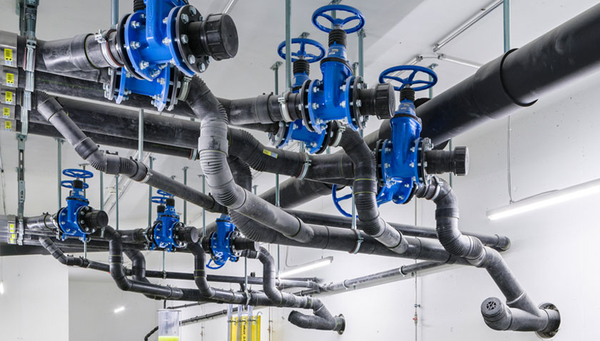Archive detail
Saving energy and drinking water by processing greywater
July 24, 2017 |
The population of Switzerland produces enormous quantities of waste water every year. Waste from toilets is flushed down with drinking water and mixed with water from showers and sinks. This mixture and has to be separated again in the wastewater treatment plant, using a complex and energy-intensive process. In the Water Hub, Eawag researches have been developing and testing technologies for the separate collection and processing of these wastewater types since the opening of NEST in the summer of 2016. This research will also help to reduce water use and to recover beneficial substances, e.g. nutrients, from the wastewater.
Make good use of processed greywater
The grey water processing installation in Water Hub has been in use for a few weeks. Greywater being only slightly to moderately polluted, is collected and as a first step, filtered through a membrane that retains contaminant particles and germs. Then, the greywater flows through a bed of activated carbon, which binds the remaining harmful substances. In late summer, a new membrane treatment plant will be installed and tested in the Water Hub. The goal of the researchers is to produce greywater, which can be used in the future not only to flush toilets but also for showering.
Fertiliser from urine is popular
Further advanced is the nutrient recovery from urine: the urine processing developed in the VUNA Project has been in operation in the Water Hub since last year. The Eawag spin-off company Vuna Ltd (www.vuna.ch) plans to build further installations. Aurin, the fertiliser obtained from urine, is available at the NEST reception desk and at selected gardening stores. Further insights into Water Hub research can be seen in the new film.

